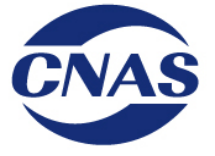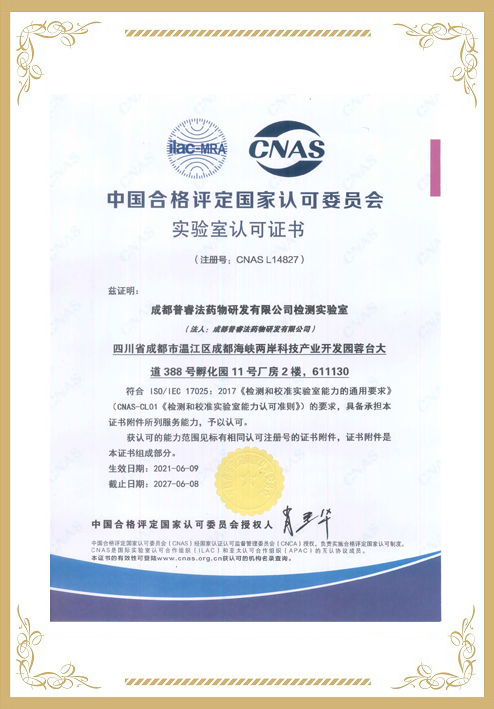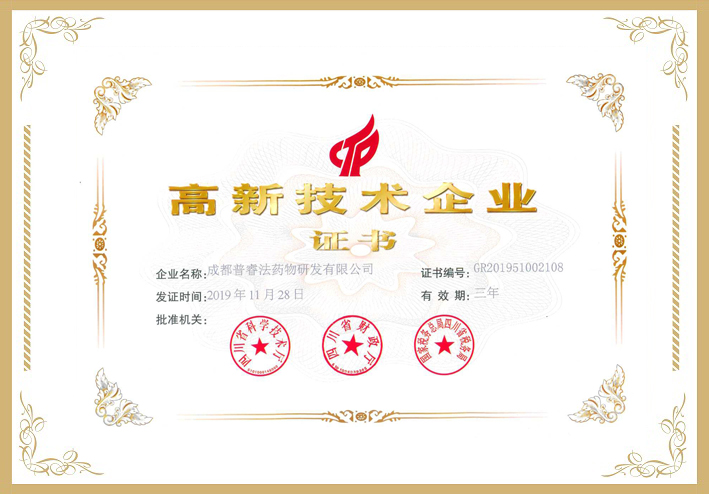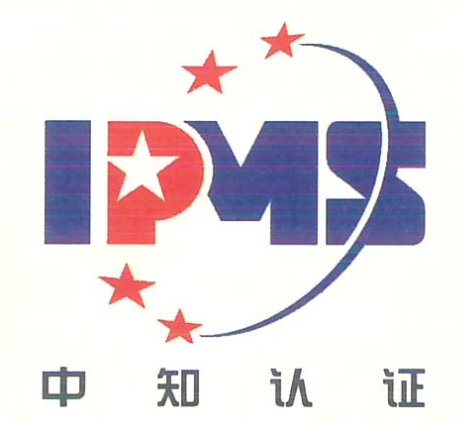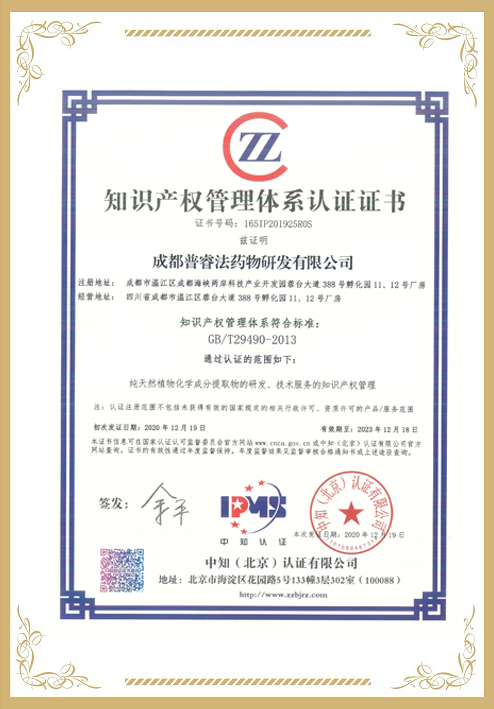The current study explored the protective potential of kaempferol 3-sophoroside-7-glucoside (KSG) against acute lung injury (ALI). Pre-treatment with KSG effectively secured mice from ALI and showed similar efficaciousness to dexamethasone. KSG markedly increased the survival rate and alleviated lung pathological lesions induced by lipopolysaccharide (LPS). Furthermore, KSG attenuated differential and total cell counts in BALF (bronchoalveolar lavage fluid) and MPO (myeloperoxidase) activity. KSG counteracted the NF-κB (nuclear factor-κB) activation and significantly ameliorated the downstream inflammatory cytokine, TNF-α (tumor necrosis factor-α). Simultaneously, KSG suppressed the over-expression of NLRP3 (NOD-like receptor protein 3), caspase-1, and pro-inflammatory cytokine interleukin IL-1β (interleukine-1β) and prohibited the elevation of the pyroptotic parameter GSDMD-N (N-terminal domain of gasdermin D) induced by LPS challenge. In addition, KSG significantly enhanced Nrf2 (nuclear-factor erythroid-2-related factor) and HO-1 (heme-oxygenase-1) expression. Meanwhile, KSG mitigated lipid peroxidative markers (malondialdehyde, protein carbonyl and 4-hydroxynonenal) and boosted endogenous antioxidants (superoxide dismutase/reduced glutathione/catalase) in lung tissue. In silico analyses revealed that KSG disrupts Keap1-Nrf2 protein–protein interactions by binding to the KEAP1 domain, consequently activating Nrf2. Specifically, molecular docking demonstrated superior binding affinity of KSG to KEAP1 compared to the reference inhibitor, with docking scores of −9.576 and −6.633 Kcal/mol, respectively. Additionally, the MM-GBSA binding free energy of KSG (−67.25 Kcal/mol) surpassed that of the reference inhibitor (−56.36 Kcal/mol). Furthermore, MD simulation analysis revealed that the KSG-KEAP1 complex exhibits substantial and stable binding interactions with various amino acids over a duration of 100 ns. These findings showed the protective anti-inflammatory and anti-oxidative modulatory efficiencies of KSG that effectively counteracted LPS-induced ALI and encouraged future research and clinical applications of KSG as a protective strategy for ALI.
















